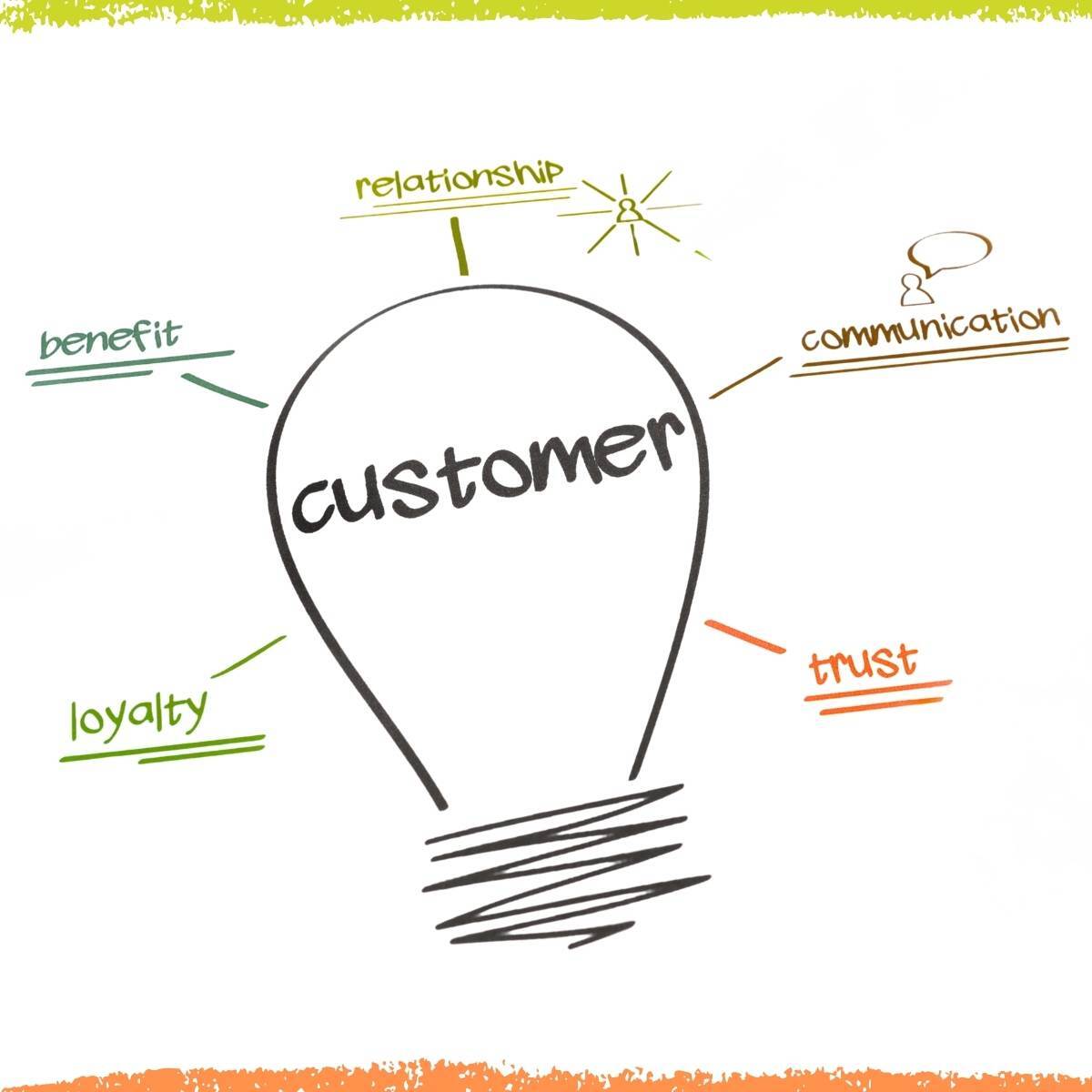Focusing on Your Must-Have Customers: Building a Better Client Base
Note to our Readers: In a world where blogs often drag on for SEO purposes and lose their audience with too much talk and not enough action, we aim to break the mold. Our blog is designed to be quick, informative, and solution-oriented, providing you with the insights you need without the fluff. Use the links below to skip to a section or go to the bottom for a quick summary and things to Stop, Start and Continue.

Quick Links
Blog Summary
Focusing on the right customers is essential for building a profitable, sustainable business. Not all Customers are created equal: core customers drive long-term success, must-have Customers are future core customers, and opportunistic customers drain resources without providing real value. By identifying and prioritizing core and must-have customers while letting go of opportunistic ones, businesses can achieve greater profitability, stronger customer relationships, and better employee engagement.
When running a business, it’s easy to fall into the mindset that every customer is critical to survival. We know how expensive and difficult it is to acquire customers. Retaining and delighting those customers is just as challenging. But here’s the hard truth: acquiring and retaining the *wrong* customers can harm your company more than it helps.
Businesses that focus on their ideal customers achieve greater profitability, enjoy higher customer satisfaction, and foster employee engagement that drives customer success. By targeting your must-have customers—the ones who align with your strengths and values—you can create sustained, profitable growth.
Question: Is your business as important to your client as they are to yours?
Three Strikes: Recognizing When a Customer Isn’t a Fit
I had a client who said yes to every possible customer, even those that drained their resources and cut into profits. One particular prospect seemed promising: a six-figure opportunity to provide gifts for the prospect’s customers. Initially, my customer was thrilled about the potential deal.
But as the opportunity unfolded, red flags emerged:
- Strike One : The prospect demanded a steep discount, far beyond what was reasonable for the size of the sale.
- Strike Two : The customer requested a custom website for gift redemption, a task that would cost thousands of dollars and divert key developer resources from priority projects.
- Strike Three : It became clear that this would be a one-time deal; the prospect had a history of never reusing the same partners.
Despite these strikes, my customer took the deal. They made little profit, missed deadlines on a critical internal project, and exhausted their team on a short-term win that added no long-term value.
Had my customer focused on attracting and retaining core customers instead of opportunistic ones, they would have avoided this distraction and positioned themselves for more sustainable success. Let’s dive into the three types of Customers every business has—and how to manage them.
The Three Types of Customers
The Must-Have Customer approach outlines three categories of Customers to consider as you run your business:
- Core Customers
These are your best customers, the ones you want to attract, nurture, and retain. Core Customers value your products and services and are willing to pay a fair price for the value they receive. They stay with you over time, generate repeat business, and contribute significantly to your profitability. Core Customers are the foundation of your business’s success.
- Opportunistic Customers
Opportunistic Customers treat your products and services as commodities. They seek the lowest price, expect you to match or beat competitor pricing, and often ask for customizations that pull your focus away from your strengths. These customers are generally unprofitable and loyalty is nonexistent. They’re the ones who strain your team and resources while providing little return on investment.
- Must-Have Customers
Must-have Customers are your future core customers. They share similar needs and values as your current core customers but are currently working with your competition. Winning their business requires understanding their priorities and showing them why you’re the better choice. These customers represent your growth potential and are essential to building a sustainable business.
Firing the Wrong Customers
Opportunistic Customers can be tempting to pursue because they may seem like easy wins or provide short-term revenue boosts. By focusing on Customers who value quality and consistency over price alone, you can protect your bottom line and build long-term success. However, their focus on price and their high demands make them a poor fit for your business. They distract your team, strain your resources, and prevent you from investing in the customers who truly matter.
Trying to convert opportunistic Customers into core Customers is a losing battle. Instead, the better strategy is to let them go. Politely “firing” these customers will free up your time and energy to focus on acquiring and retaining customers who truly align with your business goals.
If your current pipeline is full of opportunistic customers, mark them as lost and move on. These customers will only drag out the sales process and waste valuable time when your team could be talking to the next Core Customer
Attracting Must-Have Customers
To attract Must-have Customers, you need to start with a clear understanding of who they are and why they value your products and services. Begin by analyzing your most loyal and profitable customers—what needs are you meeting for them, and how does your offering align with their priorities?
Next, conduct surveys or interviews to uncover specific factors driving their loyalty, such as quality, reliability, or customer service. Finally, map these insights to identify similar potential customers and tailor your marketing and outreach efforts to appeal to their shared values. This requires answering key questions, such as:
- What are the shared values and priorities of your best Customers?
- Why do they choose your business over the competition?
- What differentiates your offering from others in the market?
Once you have this clarity, you can shift your focus to finding Must-have customers who match your ideal profile but are currently working with competitors
The Long-Term Payoff
When you shift your focus to core and must-have customers, your business becomes more efficient, profitable, and resilient. These customers not only value what you offer but also align with your business's strengths and values, providing a stable foundation for growth. Instead of stretching yourself thin trying to please opportunistic customers, you can channel your energy into creating tailored strategies that meet the needs of your most profitable customers. The result? Happier customers, engaged employees, and a stronger bottom line.
Remember, must-have customers are the ones who hold the key to your future success. By identifying and converting them into core customers, you’re not just boosting revenue—you’re building a business that thrives on meaningful, long-term relationships.
Actions to Get Started
Start
- Analyze your core customers : Identify your most profitable and loyal customers, and understand why they value your business.
- Talk to your core customers: Understand why the do business with you. What do they value most about doing business with you and why you are an important part of their business
- Tailor your sales and marketing efforts : Focus on messaging and product or service offerings that highlight the unique value you bring to core and must-have customers.
Stop
- Chasing opportunistic customers: Avoid Customers who only seek low prices or demand services outside your expertise.
- Overextending resources : Stop prioritizing one-off deals that divert attention from strategic priorities.
- Ignoring customer feedback: Don’t assume you know what Customers want—ask them directly and use their insights to refine your approach.
Continue
- Delivering quality service : Maintain your commitment to excellent products and services that core customers value.
- Evaluating customer profitability : Regularly assess which customers contribute the most to your bottom line.
- Building long-term relationships : Keep investing in meaningful connections with core customers to drive loyalty and repeat business. Be as important to their business as they are to yours
This balanced approach ensures your time and resources are aligned with customers who support your growth, leaving distractions behind.



.png)